And How to Use Them in Your Florida Garden
When we think of gardening, we often picture lush, green plants giving us baskets of tomatoes, fragrant herbs, or earthy roots. But not everything you plant in the garden needs to end up on your plate. Some plants do their best work for the garden itself—quietly feeding the soil, not you.
After a full growing season, your soil is often depleted and tired. When I lived in the Midwest, I used to let my garden beds rest through the winter, often blanketed by snow that naturally helped restore moisture and nutrients. But here in Florida, and other hot, humid climates, we don’t get that kind of seasonal pause. Instead, we need to be more intentional about how we let our gardens rest and recover between planting seasons.
That’s where cover crops come in. Also known as green manure, these soil-building plants are one of the oldest, most natural ways to restore fertility, protect your garden beds, and prepare the soil for whatever comes next. Let’s take a closer look at what they are, why they’re important, and how you can start using them in your home garden.
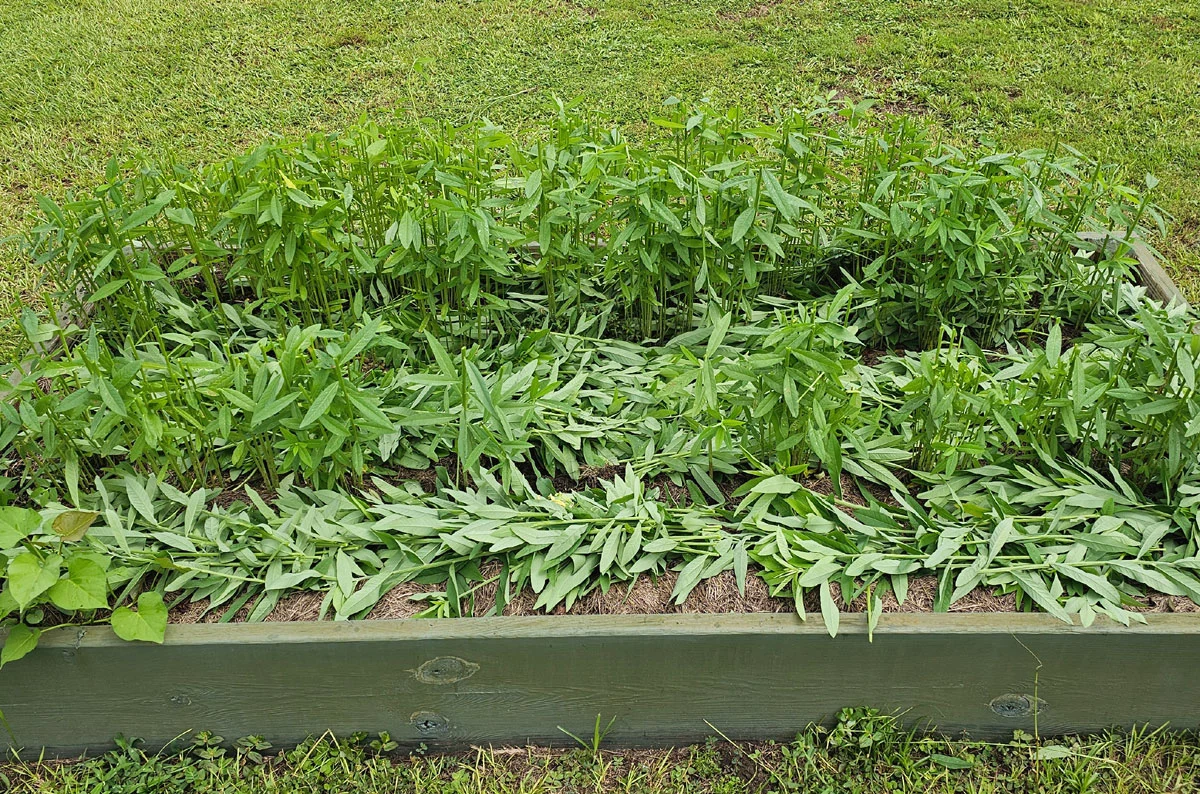
Table of Contents
- What Are Cover Crops?
- Why Home Gardeners Should Use Cover Crops
- Types of Cover Crops and What They Do for Your Soil
- Best Winter Cover Crops
- Best Summer Cover Crops
- How to Choose the Best Cover Crop
- Quick-Start Tips
- Resources
- FAQs
What Are Cover Crops?
Cover crops are a special group of plants grown with one main purpose: to care for your soil. Unlike your usual vegetables or herbs, these plants aren’t meant for harvesting for eating. They’re grown to cover the ground, improve soil quality, and create healthier conditions for your future crops.
Often called green manure, cover crops mimic nature’s way of restoring balance in the soil. They can improve your garden in more ways than one when used between growing seasons. Depending on what you plant, cover crops can:
- Add organic matter as they decompose, improving soil structure and texture.
- Fix nitrogen naturally, especially with legumes like cowpeas or clover.
- Shade out weeds and reduce garden cleanup later.
- Break up compacted soil with strong, deep roots.
- Support pollinators and beneficial insects.
- Protect exposed soil from heavy rains, erosion, and intense sun.
They’re simple to grow and amazingly effective. Once you start using them, they’ll soon become a natural and reliable part of your garden rhythm.
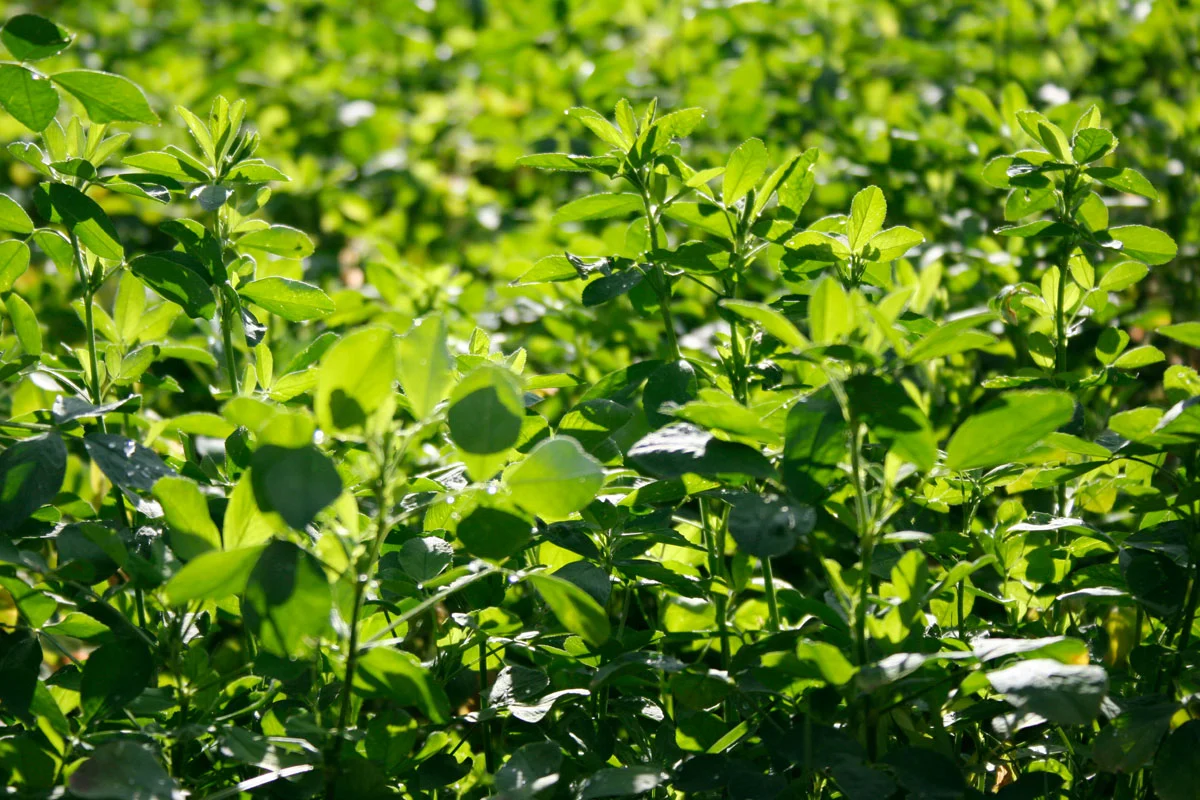
Why Home Gardeners Should Use Cover Crops
Cover crops might sound like something only big farms use, but they’re just as valuable in a backyard garden. You don’t need acres of land to benefit from them. Planting the right cover crop between seasons can transform even a single raised bed.
Whether you’re gardening in sandy soil, heavy clay, or anything in between, cover crops help restore what each growing season takes away. They’re especially useful in Florida and similar climates, where heat, humidity, and rain can deplete your soil quickly.
Shortly after I started gardening in Florida, I learned about cover crops. I was amazed at how they could restore my soil after the heavy rain of our rainy season, which seemed to wash away all the nutrients every summer. No matter how much compost I added after each growing season, it didn’t seem long before my soil became sand again. That changed when I started planting cover crops like sun hemp and cowpeas during the summer. Within one season, I noticed deeper roots, better water retention, and richer soil that finally looked and acted like it could support healthy, productive plants.
If your soil looks depleted of nutrients, cover crops can help bring it back to life. And if you’re just getting started, they’re one of the simplest and fastest ways to build your soil for season-after-season success when used in combination with compost and other natural amendments.
Types of Cover Crops and What They Do for Your Soil
Cover crops fall into a few different categories based on what they do best. Some are great at adding nutrients, others improve soil structure, and some offer a mix of benefits. Here’s a quick look at the most common types:
- Legumes (like cowpeas, clover, and hairy vetch)
These plants help “fix” nitrogen from the air into the soil, making it available for future crops. They also add organic matter as they break down. - Grasses and grains (such as oats, rye, and millet)
Known for their fast growth and dense root systems, these crops prevent erosion, suppress weeds, and improve soil texture. Best for large in-ground garden plots. - Brassicas (like mustard and daikon radish)
These help break up compacted soil and can reduce harmful soil pests. Their deep roots act almost like natural tillage tools. - Buckwheat
A fast-growing, weed-smothering plant that also attracts pollinators. It’s especially useful in short gaps between crops.
Each of these groups has its strengths, and choosing the right one depends on your soil’s needs and the time of year you’re planting. I buy my cover crops from Hoss Tools. They have an excellent selection for Southern gardeners, and I’ve always had great success with their seeds.
Best Winter Cover Crops for Southern Gardens
While much of the country is blanketed in snow during winter, southern gardeners, especially in zones 8–10, can take advantage of the milder weather to keep their soil active and protected. Planting winter cover crops not only prevents erosion and weed growth, but it also gives your beds a steady dose of nutrients between growing seasons.
Here are some of the best cool-season cover crops for Southern gardens:
- Crimson Clover – A nitrogen-fixing legume that’s beautiful and beneficial. It’s easy to grow, adds fertility, and attracts early pollinators in the spring.
- Hairy Vetch – Another nitrogen-rich legume that thrives in cooler temperatures. It grows slowly at first but picks up in early spring, producing thick, green biomass before you turn it under.
- Winter Rye – A hardy cereal grain that’s excellent for weed suppression, erosion control, and building organic matter. It’s one of the most cold-tolerant cover crops available.
- Oats – Less hardy than rye, but a good choice for milder winters. Oats grow quickly, add organic matter, and winterkill in colder snaps, making it easier for spring prep.
- Mustard or Radish (Daikon) – These brassicas help break up compacted soil and can reduce certain soil pests and diseases. Their strong roots act as natural soil aerators.
When we first moved onto our homestead, we planted brown mustard to help break up the compacted sandy soil and reduce root-knot nematodes. By tilling the mustard greens back into the soil, we gave our beds a strong, clean start for the next planting season.
It might take a few seasons of trial and error to discover which cover crops thrive in your space. Don’t be afraid to experiment, and don’t hesitate to reach out to local farmers, homesteaders, or your county extension office for region-specific guidance.
Garaden Tip: Wait before you plant! Brown mustard is a powerful biofumigant, which makes it excellent for reducing pests like root-knot nematodes. But it’s also allelopathic, meaning it can temporarily inhibit the germination of other seeds. After tilling mustard into the soil, it’s best to wait at least 2–3 weeks before planting your next crop. This gives those natural compounds time to break down and ensures a better start for your new plants.
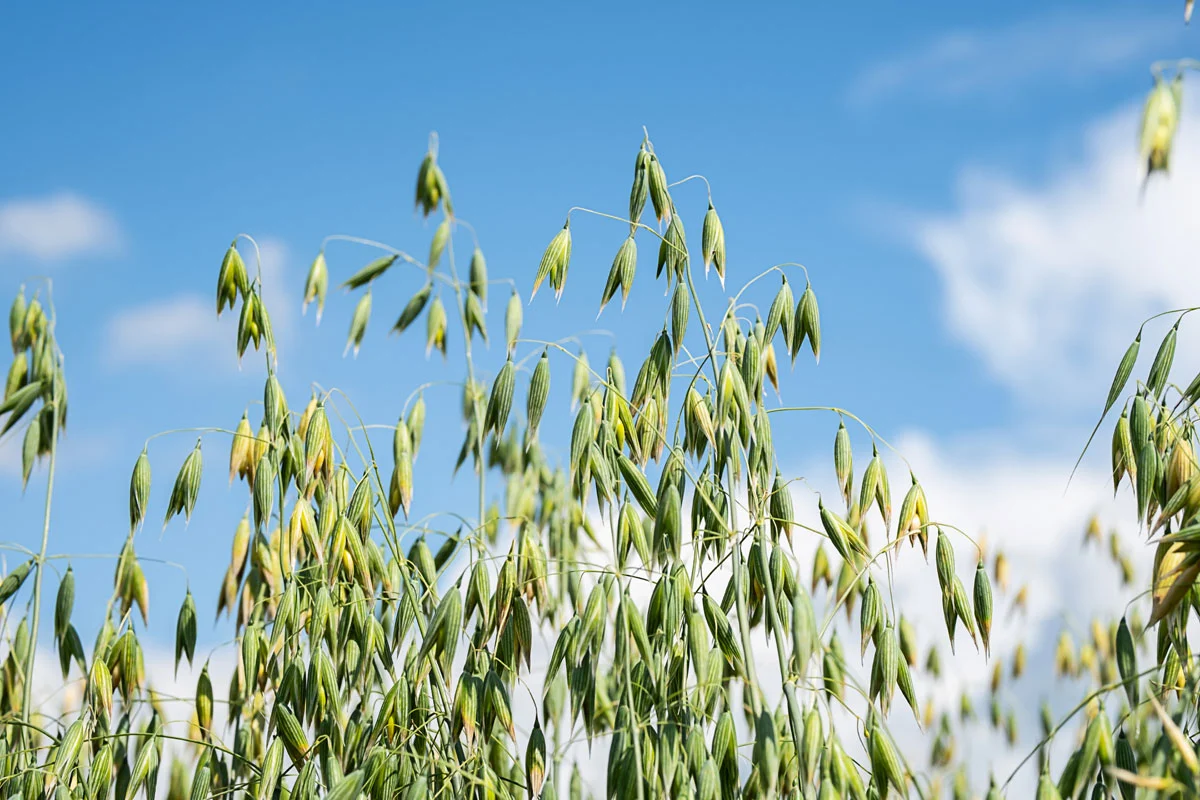
Best Summer Cover Crops for Southern Gardens
Summers in the South, especially in Florida, bring heat, humidity, heavy rains, and pest pressure. While many gardeners like myself take a break from growing a lot of food during this time, it’s actually a great season to grow for your soil instead. The following warm-season cover crops thrive in high temperatures and work wonderfully to restore your garden between growing seasons:
- Sunn Hemp – A fast-growing legume that fixes nitrogen, produces tall leafy growth, and adds loads of biomass to the soil. Its deep taproots help loosen compacted ground, and it thrives in heat and sandy soil.
- Cowpeas (Southern Peas) – Another heat-loving legume that improves soil fertility, suppresses weeds, and grows well even in poor soil. Iron clay peas are a popular variety for cover cropping.
- Buckwheat – A quick-growing broadleaf plant that’s excellent for weed suppression and attracting pollinators. It breaks down quickly after cutting, making it a good choice if you need to replant soon.
- Millet or Sorghum-Sudan grass – Fast-growing grasses that add significant organic matter and help suppress weeds. They’re a great choice for larger beds or in-ground plots, and they will thrive in hot weather once established.
My favorite summer cover crop is Sunn hemp. While it’s often grown as a forage crop in the South, it works beautifully in a backyard garden. Sunn hemp produces a tremendous amount of biomass that can be chopped and dropped several times throughout the summer and fall, providing a steady source of nitrogen for other plants. You can also work it into the soil to let that nitrogen release more gradually. It’s especially helpful for suppressing weed growth. After I’ve made the most of its lush top growth, I leave the deep, sturdy roots right in the soil, where they continue to nourish the next crop planted in that bed.
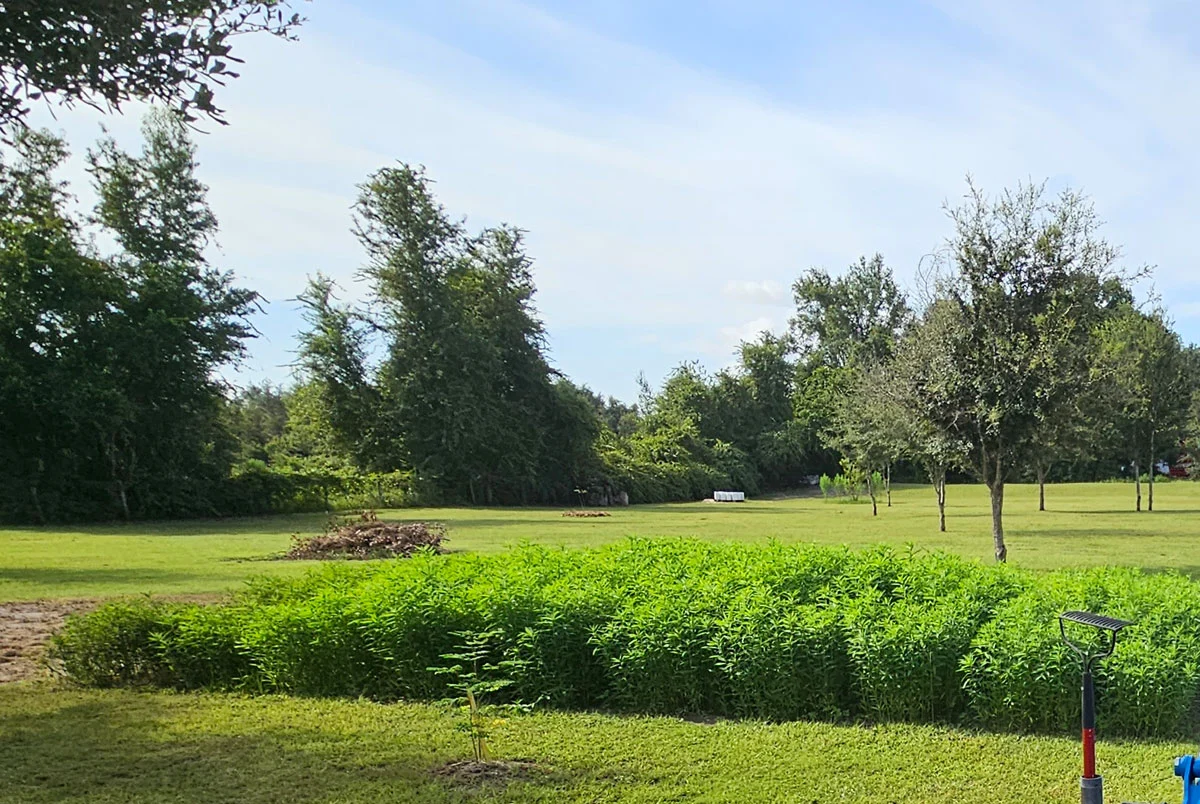
How to Choose the Right Cover Crop for Your Garden
Choosing a cover crop doesn’t have to be complicated. It comes down to what your garden needs and how much effort you want to put into managing it. Below is a quick guide to help you make the right choice for your raised beds or in-ground garden.
Legumes (Sunn Hemp, Cowpeas, Crimson Clover, Hairy Vetch)
Best for: Building nitrogen, improving soil fertility, supporting future vegetable crops.
Pros:
- Fixes atmospheric nitrogen into the soil.
- Great for sandy or nutrient-depleted soil.
- Generally easier to terminate than grasses.
- Many are fine in small spaces or raised beds.
Cons:
- Some can become woody or tall (like Sunn hemp), so timing your cut-back is important.
- Cowpeas can sprawl more than you expect.
- Hairy vetch can be hard to pull/terminate if left too long.
My take: I’ve had great success with Sunn hemp and cowpeas in the summer. They provide a lot of nitrogen-rich nutrients with very little input. Continue to chop and drop before they start blossoming.
Grasses (Buckwheat, Oats, Rye, Millet, Sorghum-Sudan grass)
Best for: Suppressing weeds, adding organic matter, and protecting bare soil.
Pros:
- Quick ground cover—great for outcompeting weeds.
- Add bulk organic matter to improve soil texture.
- Great for erosion control.
Cons:
- Can be harder to terminate (especially rye and sorghum-Sudan grass)
- Not a nitrogen fixer (won’t add fertility unless mixed with a legume)
- They can regrow if not properly managed.
Tip: Stick to buckwheat or oats for easier management in small gardens. Save the bigger grasses for larger plots where you can mow or till them under.
Brassicas (Mustard, Daikon Radish)
Best for: Loosening compacted soil, improving drainage, and biofumigation.
Pros:
- Strong roots break up tough or compact soil.
- They can help reduce pest and disease pressure in the soil.
- Quick to grow and easy to pull.
Cons:
- Don’t add nitrogen (though they do add biomass)
- May bolt early in warm weather.
- Shouldn’t be overused in gardens with a heavy brassica crop rotation.
Best used: When you’re dealing with poor drainage, heavy soil, or want to clean up a tired raised bed.

Quick-Start Tips
If you’re new to cover crops, you don’t need to get it perfect to see real benefits. It takes time to learn what works best for your climate and location. Here are a few simple combinations that work well in Florida and other hot, humid climates:
- For summer in raised beds, try cowpeas or Sunn hemp. Both are heat-loving, easy to manage, and great at improving sandy or tired soil.
- For winter in-ground gardens, go with crimson clover or oats. They grow well in cooler months and are simple to terminate before spring planting.
- Want weed control fast? Buckwheat is quick to sprout, fills in bare soil quickly, and is easy to remove when you’re ready to plant again.
- Start small. Try just one bed or a corner of your garden. You’ll learn a lot just by observing how your chosen cover crop grows, how easy it is to manage, and what kind of difference it makes in your soil.
- Research each crop before you choose to grow it. Learn that plant’s best use and season to grow to help you decide if that’s what’s needed for your garden.
Over time, you’ll start to find your favorites and develop your seasonal rhythm just like we have here at O’Mara Acres.
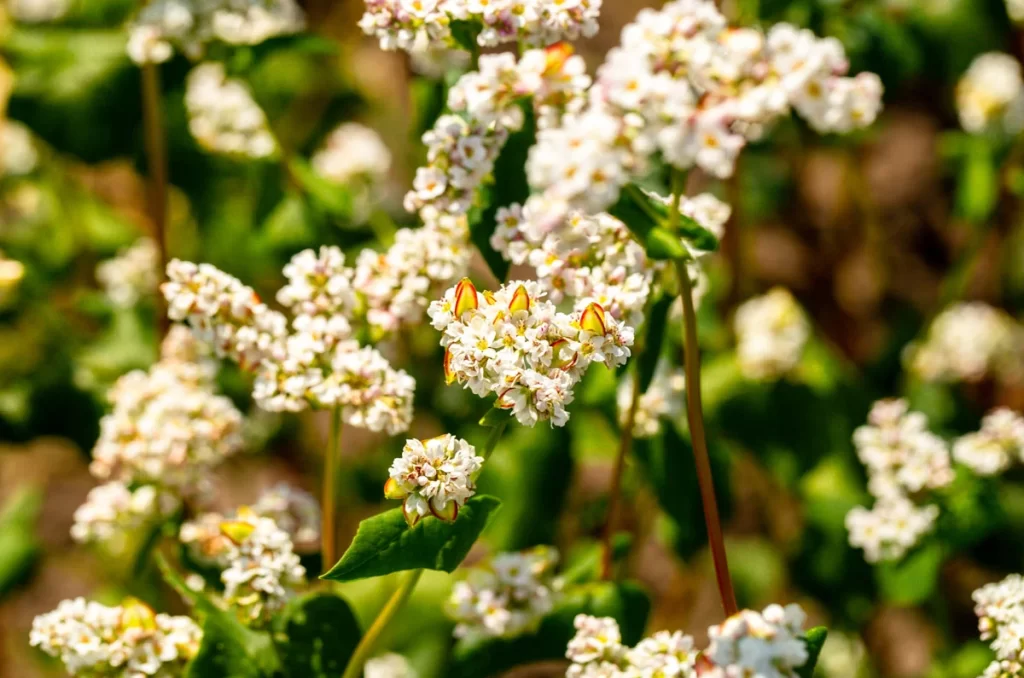
Resources
Want to dig deeper and explore the nuances of cover crops? Check out these links to reputable sources I found while writing this article for you. All of them can be adapted to a home garden and provide a deeper knowledge base of the topic than I have room to discuss in this post.
- Agricultural Cover Crops UF|IFAS
- Planting Cover Crops in a Home Garden by Almanac.com
- Sunn Hemp Abstract for Farming and Grazing
- Planting Summer Cover Crops by Lazy Dog on YouTube
- Benefits of Snow for a Home Garden
FAQs
Not necessarily. While some gardeners choose to till cover crops under, many home gardeners—especially in raised beds—prefer the “chop and drop” method. Simply cut the plants down and let them break down on the surface or lightly fork them in. It’s less disruptive to soil life and works well in small spaces. It’s my favorite way of using Sunn hemp.
Yes to raised beds, “maybe” to containers. You don’t need a big garden to benefit from cover crops. Fast-growing, shallow-rooted options like cowpeas or buckwheat can thrive in raised beds. Just be mindful of the space and choose varieties that are easy to terminate before your next planting.
Cover crops can be planted between your main growing seasons. Summer cover crops are typically sown in late spring or early summer when warm-season vegetables are done. Winter cover crops go in after fall harvest, often around October or November, depending on your region.
Some may (like sunflowers -often used as a cover crop – attract leaf-footed bugs), but many help deter pests or attract beneficial insects. For example, buckwheat can attract pollinators and improve biodiversity. Rotating your cover crops and observing how your garden responds will help you choose the best fit over time.
Most cover crops don’t need extra fertilizer. In fact, legumes like cowpeas and Sunn hemp pull nitrogen from the air and fix it into the soil. That’s one of the main benefits, that they feed the soil naturally.
It depends on your goals and the variety. Some can be grown for 4–6 weeks and cut back before flowering, while others can be left to grow through an entire off-season. Chop them down before they go to seed or get woody, unless you plan to reseed them intentionally.
[…] any plant parts with signs of disease or mildew. You can also lightly amend the bed with compost or a cover crop to prepare for your next season’s […]